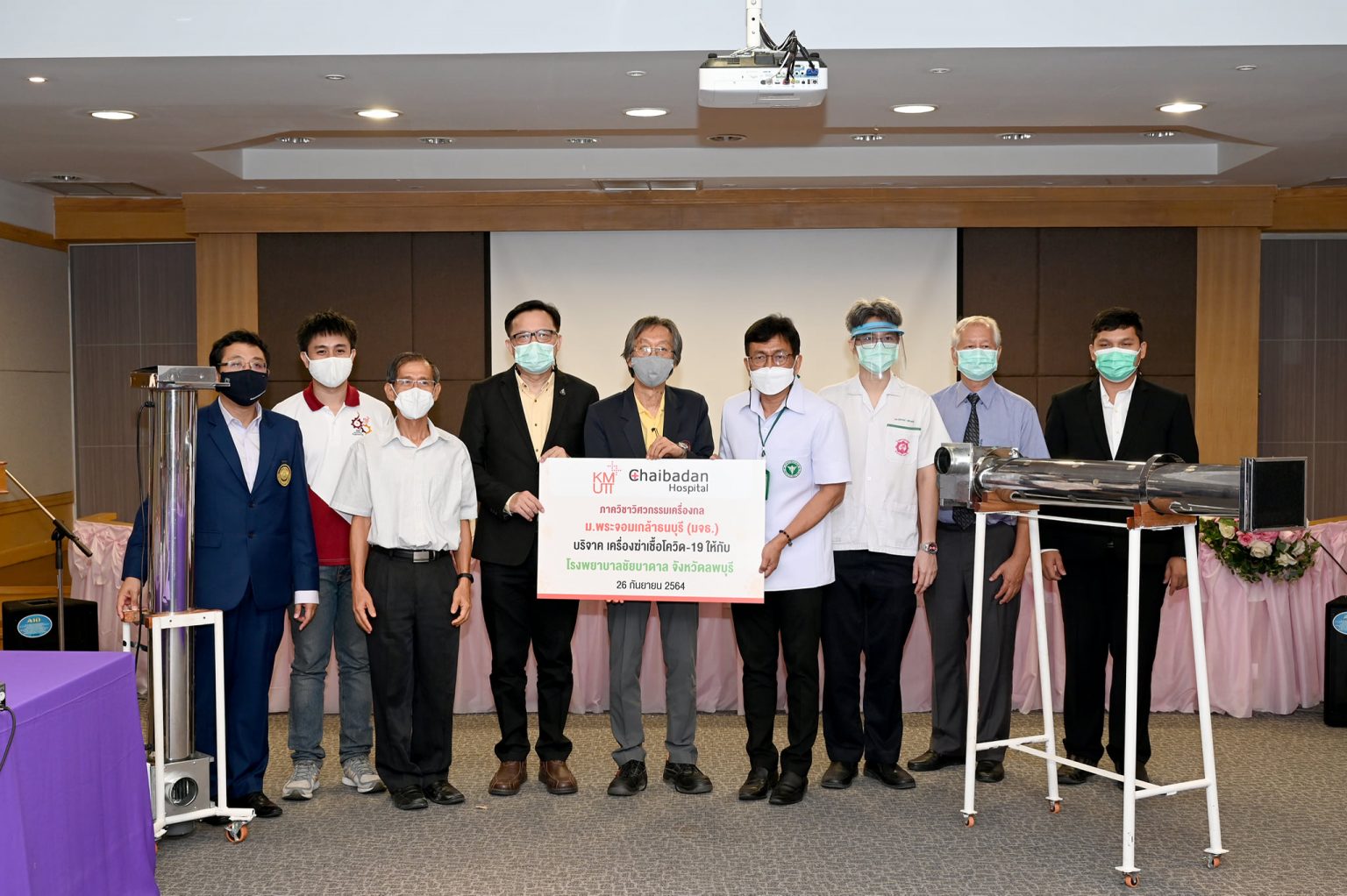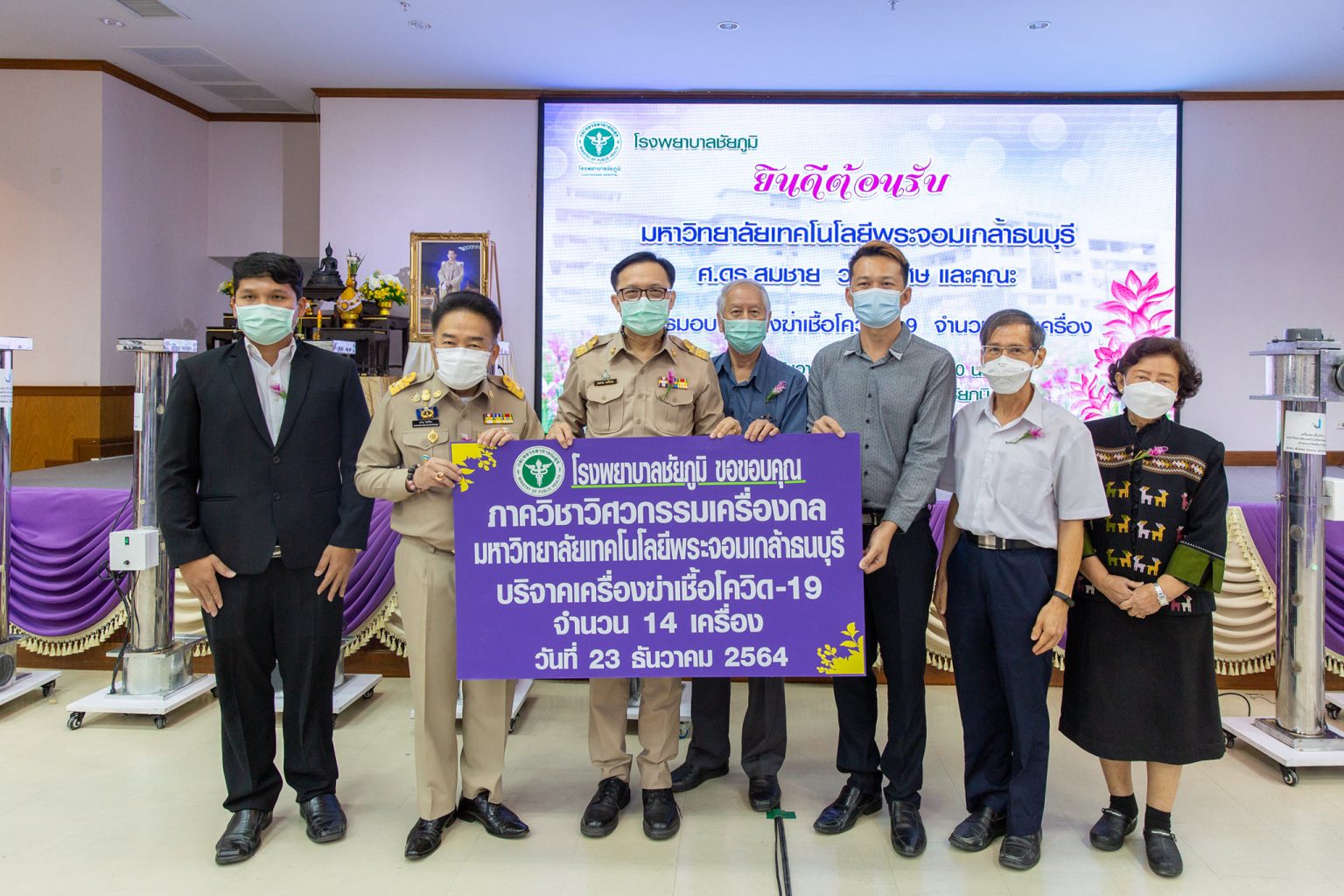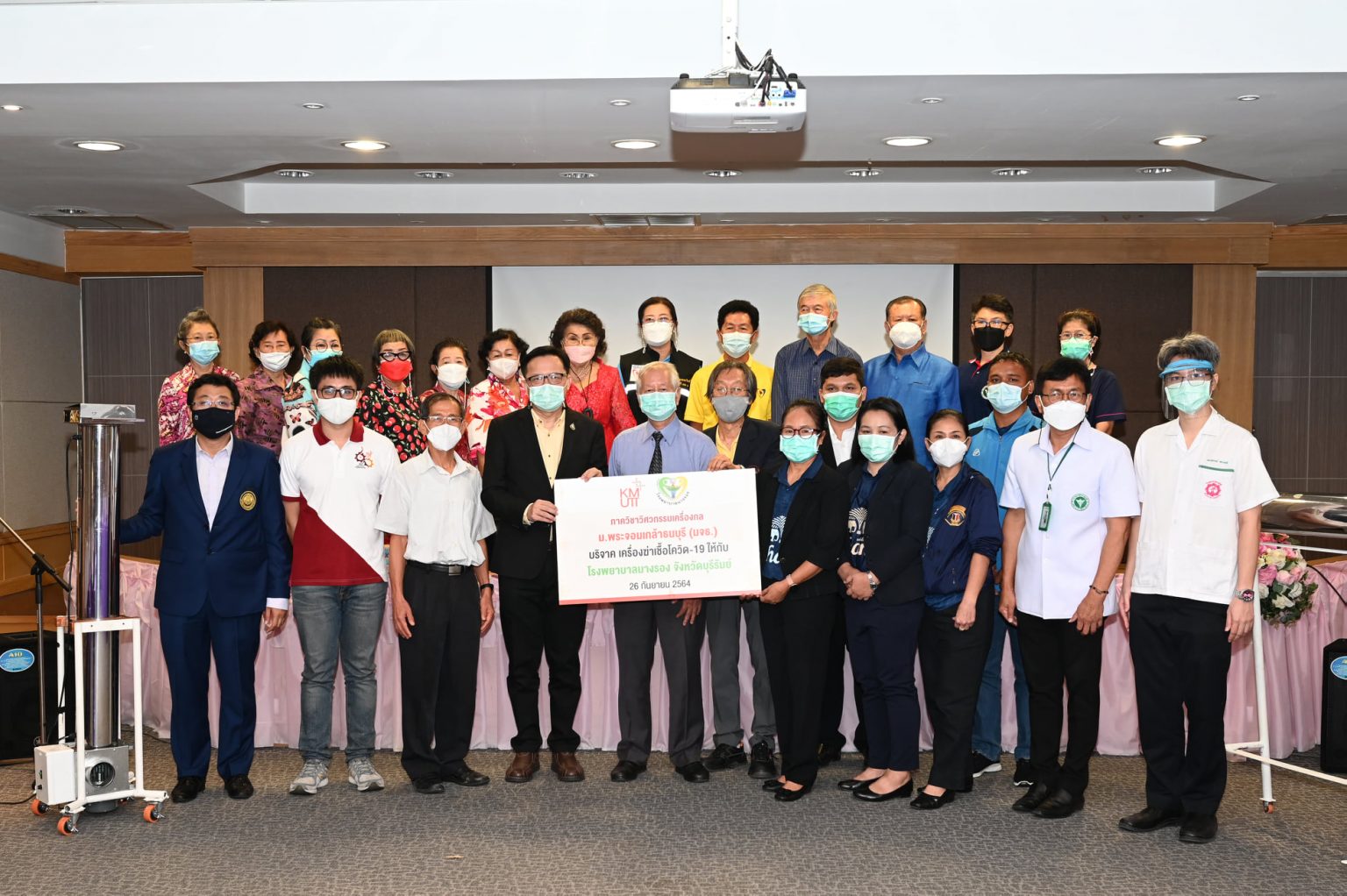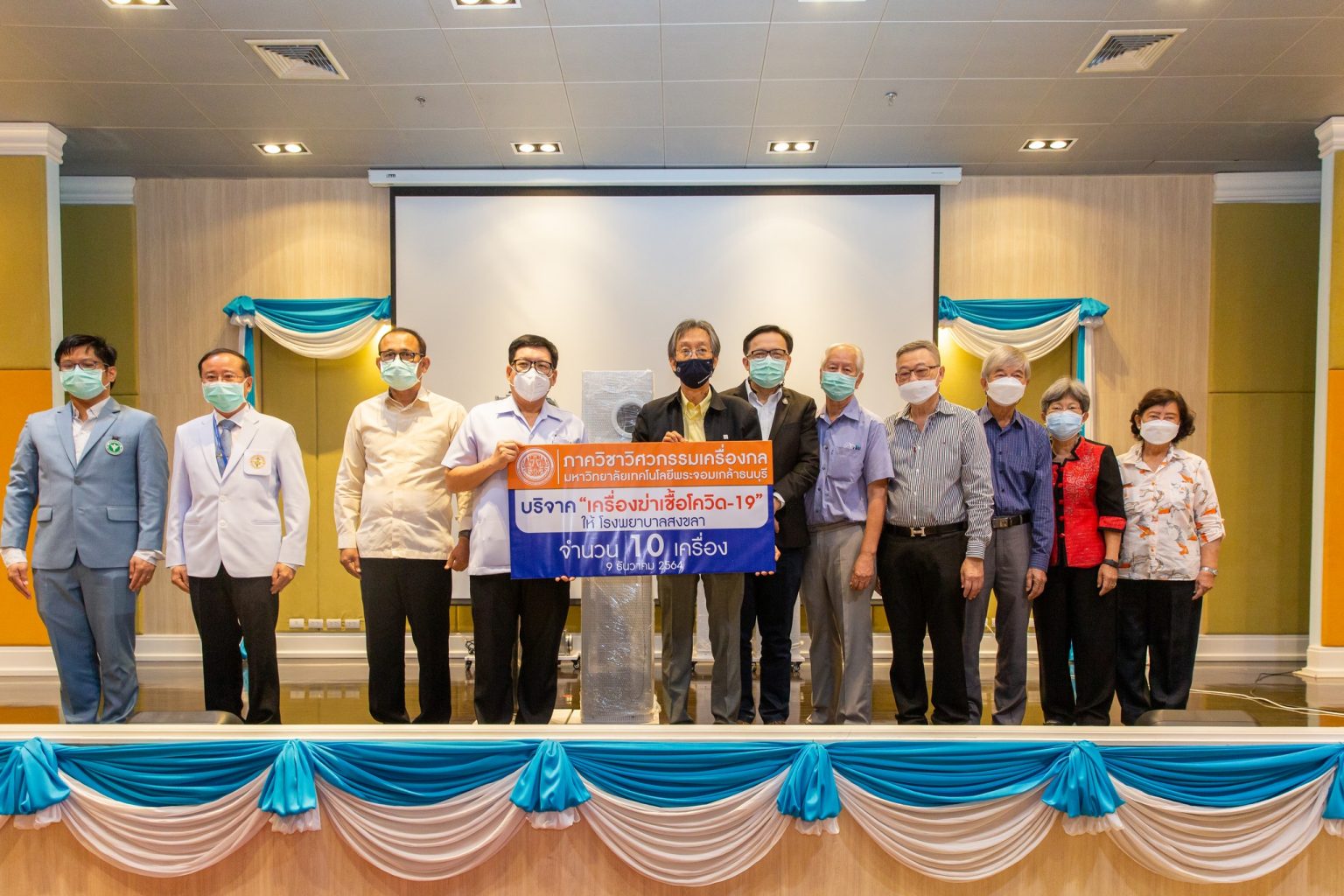The UV-C air disinfection device has been developed based on a simple yet highly effective principle. It operates by pulling air from the room into the device, where it undergoes sterilization through UV-C light before being released. The device is suitable for both hospital and home use.
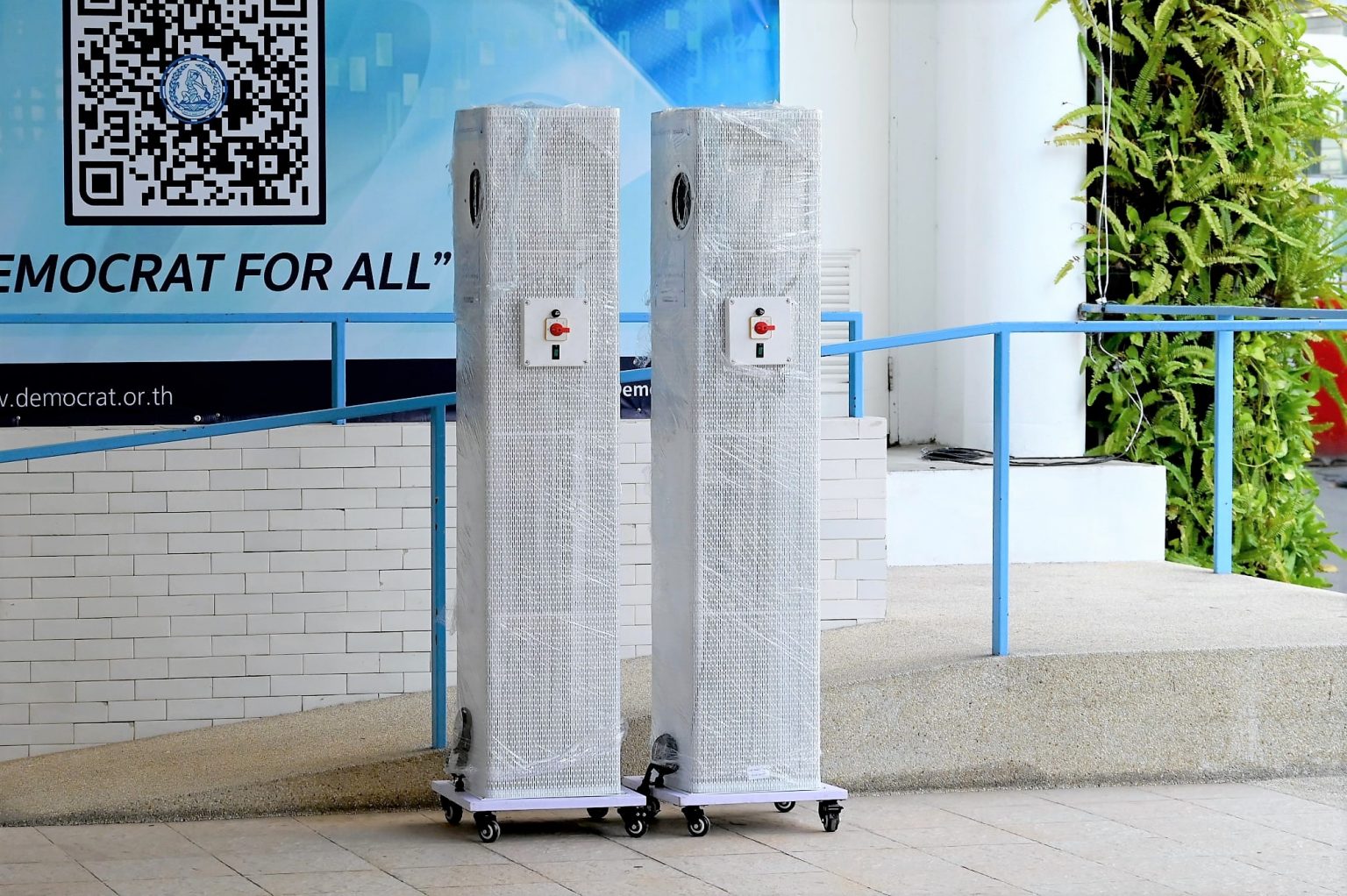
This innovative device was created by faculty members from the KMUTT Mechanical Engineering Department, namely Prof. Dr. Somchai Wongwises, Assoc. Prof. Dr. Wanchai Asvapoositkul, and Mr. Thawatchai Keawkamrop, in collaboration with Asst. Prof. Sittichai Wongtanasupon of A.C. Tech Company Limited. Since the outbreak of the novel coronavirus (COVID-19), this team has been actively working on various solutions to contain the spread of the virus and support medical professionals. Among their introduced solutions are a transfer board with a negative pressure hood for patients with respiratory infections and a negative pressure headbox for operating rooms. All of these devices have been manufactured and distributed to hospitals.
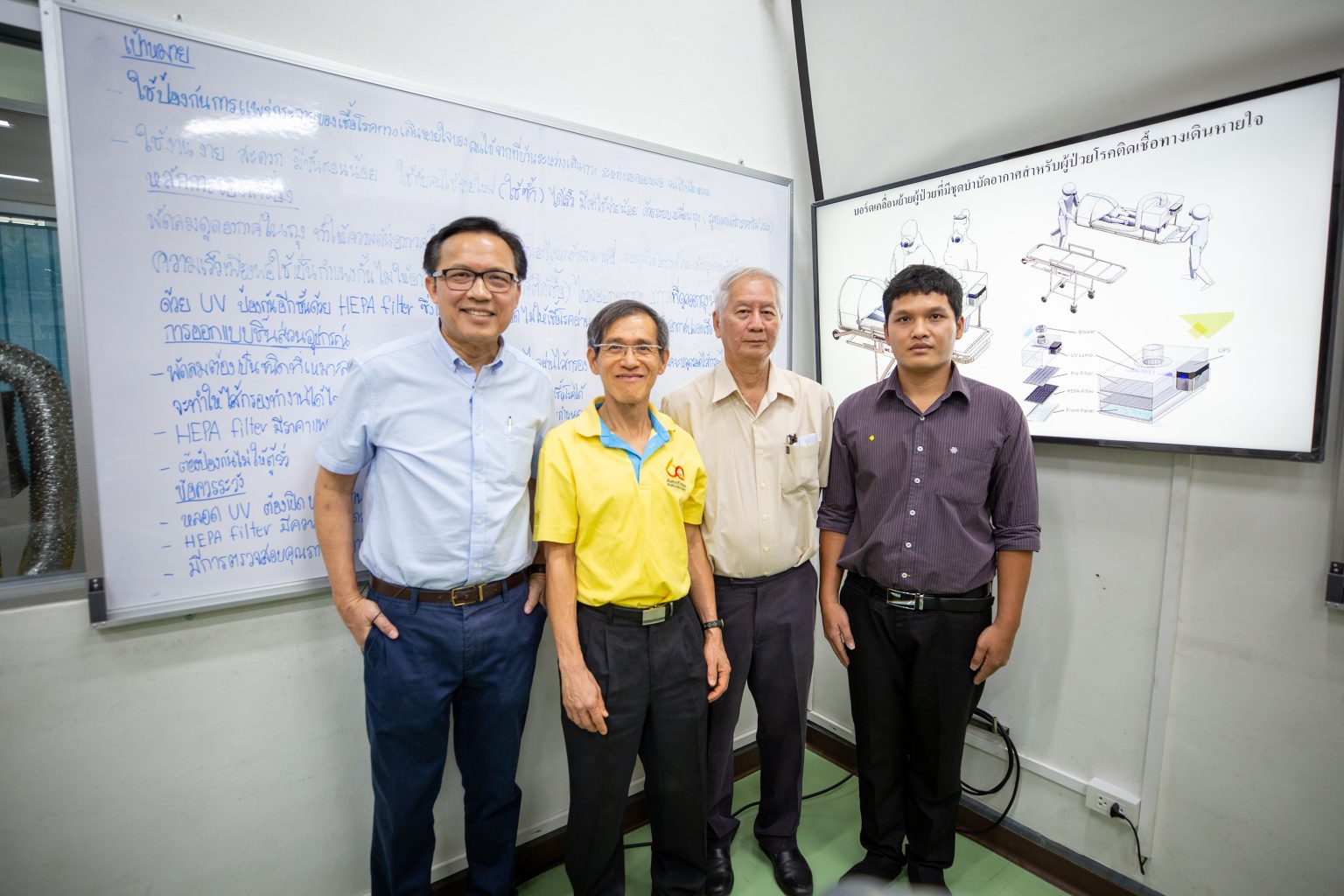
Prof. Dr. Somchai Wongwises explains that their previous innovation involved the use of negative pressure, UV-C, and HEPA filters to create a negative pressure headbox for operating rooms. However, the inclusion of HEPA filters resulted in significant pressure drops and employing them in an air disinfection unit would require a powerful fan, leading to higher production costs and increased energy consumption. Therefore, the design of the UV-C air disinfection device does not incorporate HEPA filters to keep costs down.
The key to achieving high disinfection performance lies in allowing air to have maximum exposure to UV-C light. To achieve this, the team utilizes baffles, which are flow-directing panels commonly used in shell and tube heat exchangers to direct the flow of fluids for maximum efficiency. By incorporating baffles, air is directed to repeatedly pass by the UV-C lamp, ensuring thorough sterilization. The device provides a high air flow rate, which is crucial for effective room disinfection. Test results demonstrate that this UV-C air disinfection device can eliminate 99% of airborne pathogens within a two-hour period.
The device comprises a stainless-steel cylinder, a UV-C lamp, a motor, and a fan. The cylinder has a diameter of 15 cm and a length of 120 cm, and the machine weighs 22.5 kg. It is equipped with wheels for easy portability. The device is easy to operate, featuring an on-off switch and three fan speeds, while consuming a low amount of energy.
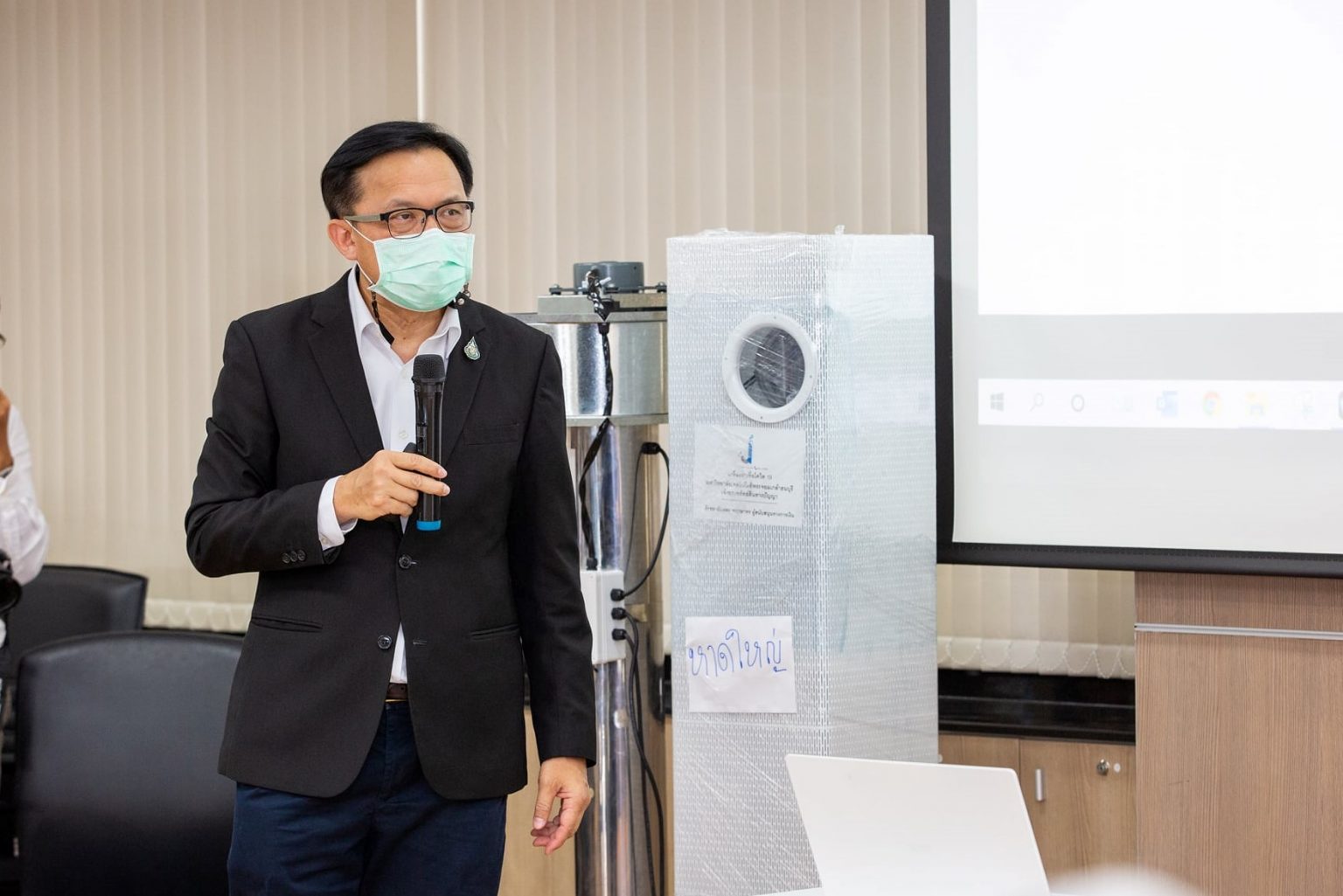
Prof. Somchai adds, “In addition to its high disinfection performance, this device has been designed for simple operation and maintenance. All components – UV-C lamp, motor, and fan – are readily available in the market, enabling users to easily replace and repair them. The device has undergone testing and certification by the National Science and Technology Development Agency (NSTDA) and the Office of Consumer Protection Board. A licensing agreement has been established with a private company for commercial production.”
To date, a total of 129 units have been installed in hospitals, with an additional ten units installed in Buddhist retreat centers. Recently, fifteen units were installed in lecture rooms at the KMUTT Mechanical Engineering Department, and two units were presented to the Parliament House.
